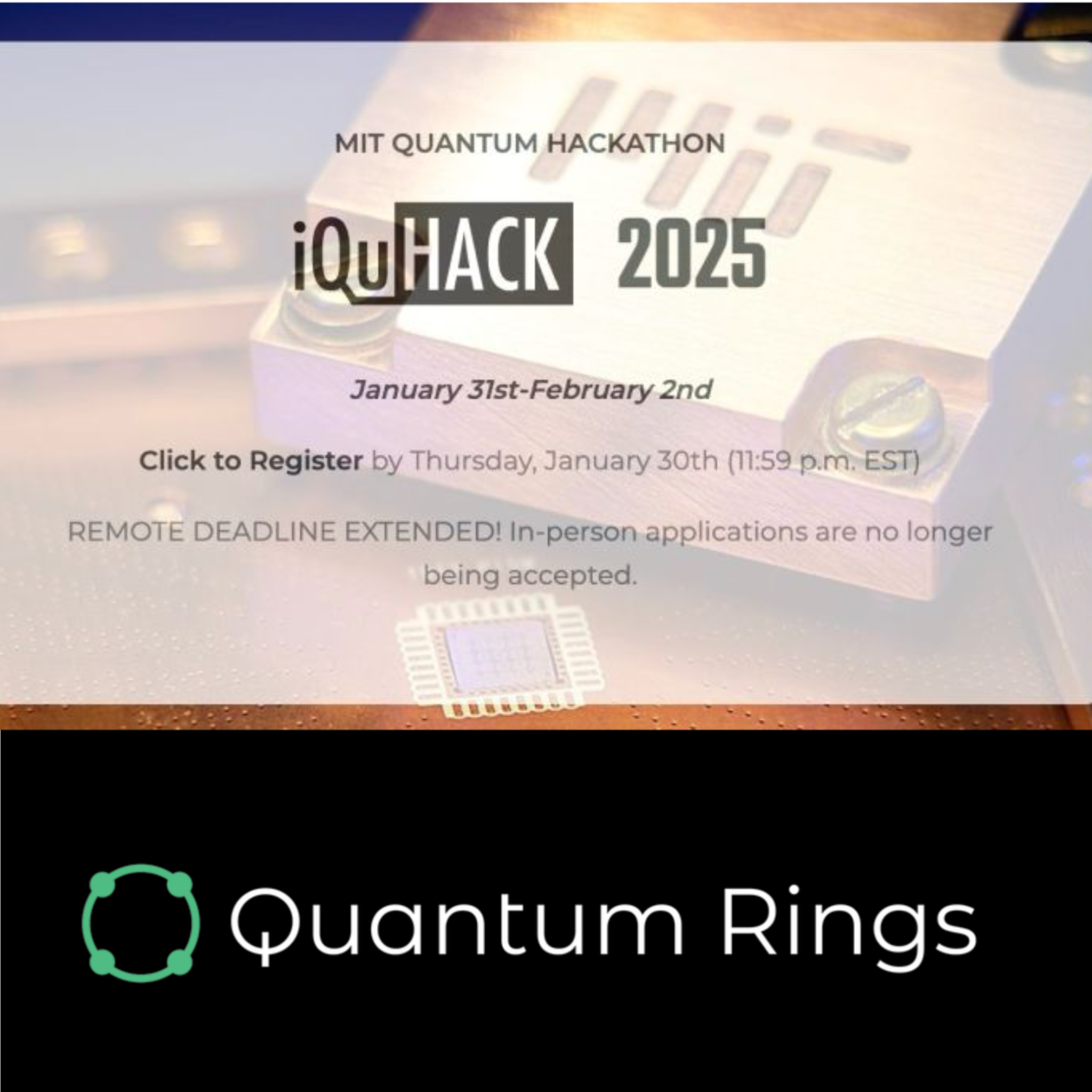
Hi, I'm Adrian
I occasionally post about anything I do. This blog is just a reflection of my personal experiences, and I use it to clear my thoughts. If you have some corrections or additions, feel free to contact me!
Enjoy,
Adrian
Adrian
Latest Projects
View all →

Building an Unjammable Quantum Inertial Navigation System
Project in Development I’m currently working on research and development of a quantum-enhanc...
March 2025

Quantum Factorization with Shor's Algorithm
Quantum Factorization Challenge - MIT iQuHack 2025 MIT iQuHACK (interdisciplinary Quantum HACKat...
February 2025
Latest Writing
View all →